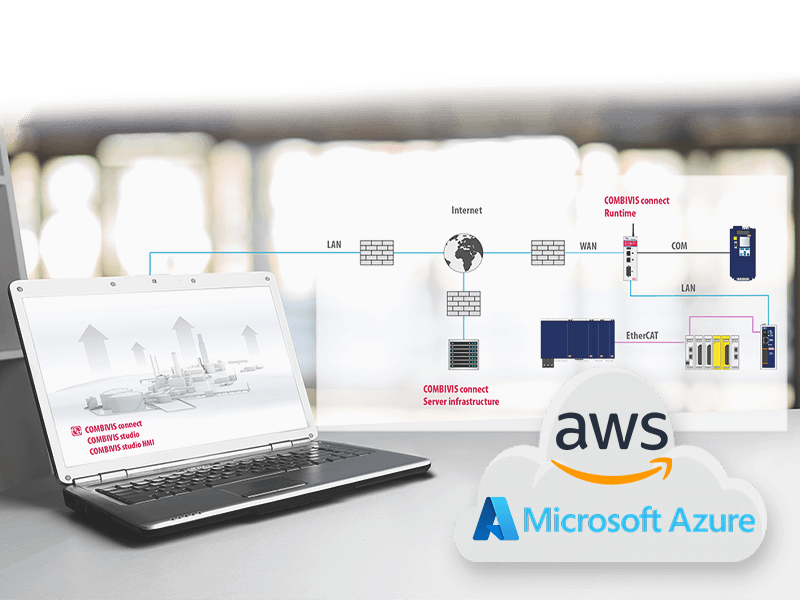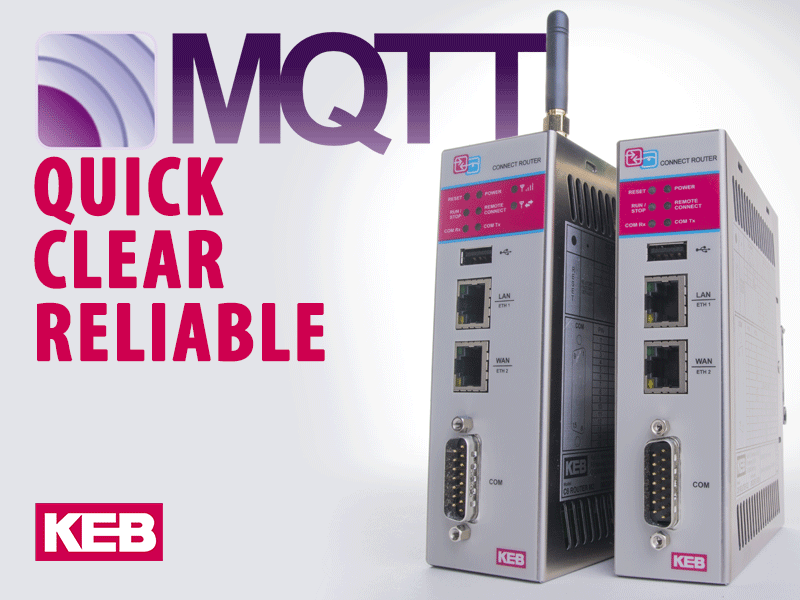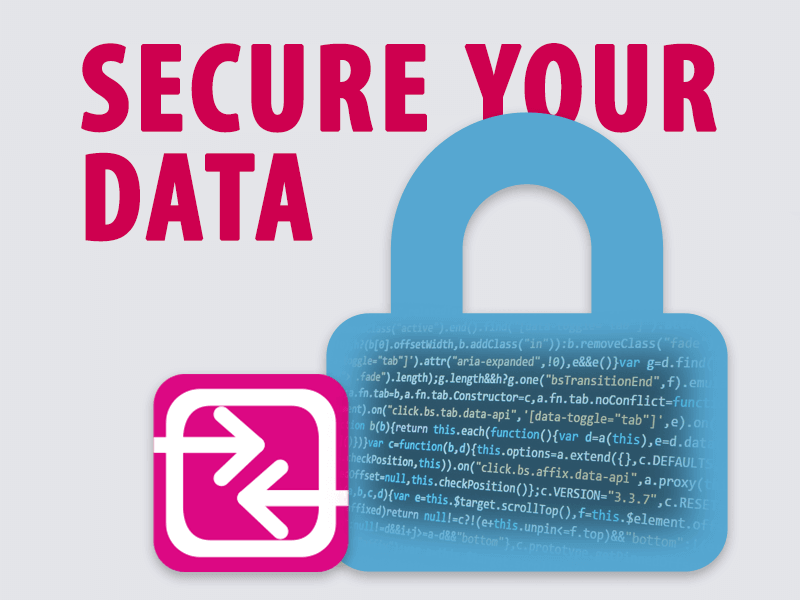The Internet of Things (IoT) seeks to connect devices and systems together to create more seamless, efficient operations. IoT allows everyday physical objects, from cars to kitchen appliances, to communicate with each other through sensors, software, and other technologies. The Internet of Things blurs the line between the physical and digital worlds so that people, processes, and machines can work better together.
That brings us to IoT platforms. An IoT platform provides the fundamental building blocks for a successful IoT solution. They include built-in tools and functions to make deploying IoT much cheaper and more streamlined for businesses. This is especially true for complex Industrial Internet of Things (IIoT) applications, such as predictive analysis and maintenance.
Today we’ll explore how an IoT platform can reduce costs, improve efficiencies, and maximize safety across industrial applications—as well as how your team can take advantage of these powerful tools.

Why Do We Use IoT Platforms?
A complete IoT solution is made up of several pieces, including hardware, software, and user interface. For example, a temperature sensor might be used to collect data on a certain machine. Once gathered, that data must be analyzed and interpreted with the right IoT software, then communicated to a user so they can act on that information. (Web-based apps with dashboards are a common user interface solution for IoT systems.)
IoT platforms deliver software and user interface tools, purpose-built for IoT applications. They make it easier for users to connect the many types of hardware required for data gathering, in part by handling their unique software and hardware communication protocols.
IoT platforms also help users understand and visualize all that complex data their sensors or devices generate, so they can make actionable decisions. You can think of them as a foundation for a successful IoT solution: one that seamlessly ties together hardware, software, and user interface.

How Many IoT Platforms Are There?
According to IoT Analytics, there were over 600 IoT platforms operating in 2022. IoT is still a relatively new market, which may explain why there are so many IoT platforms in circulation. Moreover, IoT has millions of applications across different industries and businesses. This has led to the creation of several unique IoT platforms, designed for specific use cases such as IIoT applications.
What Is an IoT Platform Example?
Some of the most popular IoT platforms include Amazon’s AWS IoT Core and Microsoft’s Azure IoT Hub. Both solutions provide users with simple ways to filter, analyze, and act on different device data, depending on their business or application goals.
KEB offers an industrial IIoT setup to elevate platforms like these, complete with all-in-one HMIs and software infrastructure for remote maintenance of machines from anywhere in the world. Our solution makes many complex IoT tasks simple, including sending machine data to Microsoft Azure for easy storage, processing, and analysis.
What Is IoT Platform Development?
IoT platform development is the process of building tools that can manage communication and functionality across IoT applications. Developers are experimenting with new platforms to support IoT apps, which combine sensor data with machine learning and other technologies to deliver data insights to end-users.

Industrial Applications for IoT
IoT platforms and apps help support a huge range of industrial applications, from manufacturing workflows to logistics and beyond:
Predictive Maintenance
Cloud ecosystems (like Amazon’s AWS IoT Core) can gather and analyze real-time sensor data from machines and equipment out in the field, unlocking the potential for highly accurate predictive maintenance. This application helps manufacturers detect and address impending failures in equipment, reducing operating costs and ensuring better uptime in the process.
eMobility
IoT can leverage sensors to detect problems in eMobility vehicles and equipment, including trucks, buses, or farming equipment. IoT-based applications for eMobility empower vehicle manufacturers with more efficient production lines—and a bevy of performance data they can use to create smarter, safer electric or hybrid vehicles.
Automation of Machine Commands
Data gathered through IoT-based solutions can be used to automate commands for various machines connected to the system. For example, a wind turbine system could be automatically stopped or adjusted based on environmental data, such as vibration or temperature. This same approach can be applied to material handling machines to ensure efficient, safe, and ergonomic transport of assets across the supply chain.
Medical
IoT sensors can be installed in various medical solutions, from surgical robots to imaging machines, to monitor their performance and proper usage. Sensors can also be installed in hospital assets that frequently move (such as wheelchairs or beds) to track their exact location for consistent availability. These can be deployed alongside KEB brakes and clutches to improve medical applications.

Should Your Business Use an IoT Platform?
If your business is struggling with a technical challenge or running inefficiently, an IoT platform may be the best choice. Our team at KEB delivers flexible industrial IoT solutions that can securely move your machine data to leading IoT platforms like Azure. We can help you determine the need for an IoT system based on your unique applications and goals.
Contact us today for more information on IoT platforms—and how you can use them alongside KEB technology to rethink your industrial applications.
Let's Work Together
Connect with us today to learn more about our industrial automation solutions—and how to commission them for your application.







